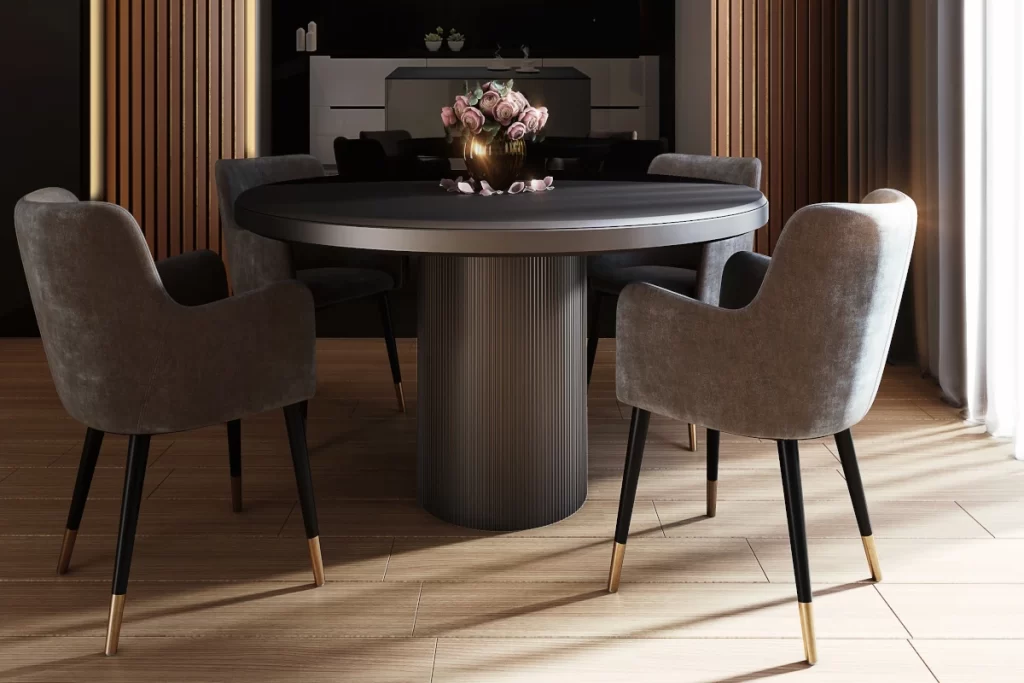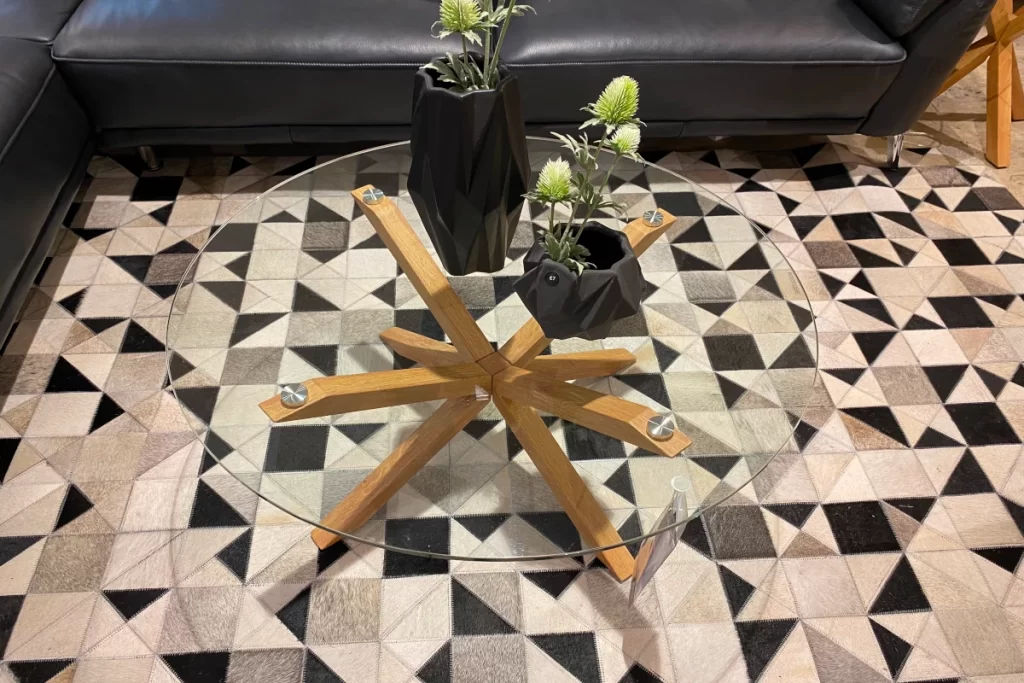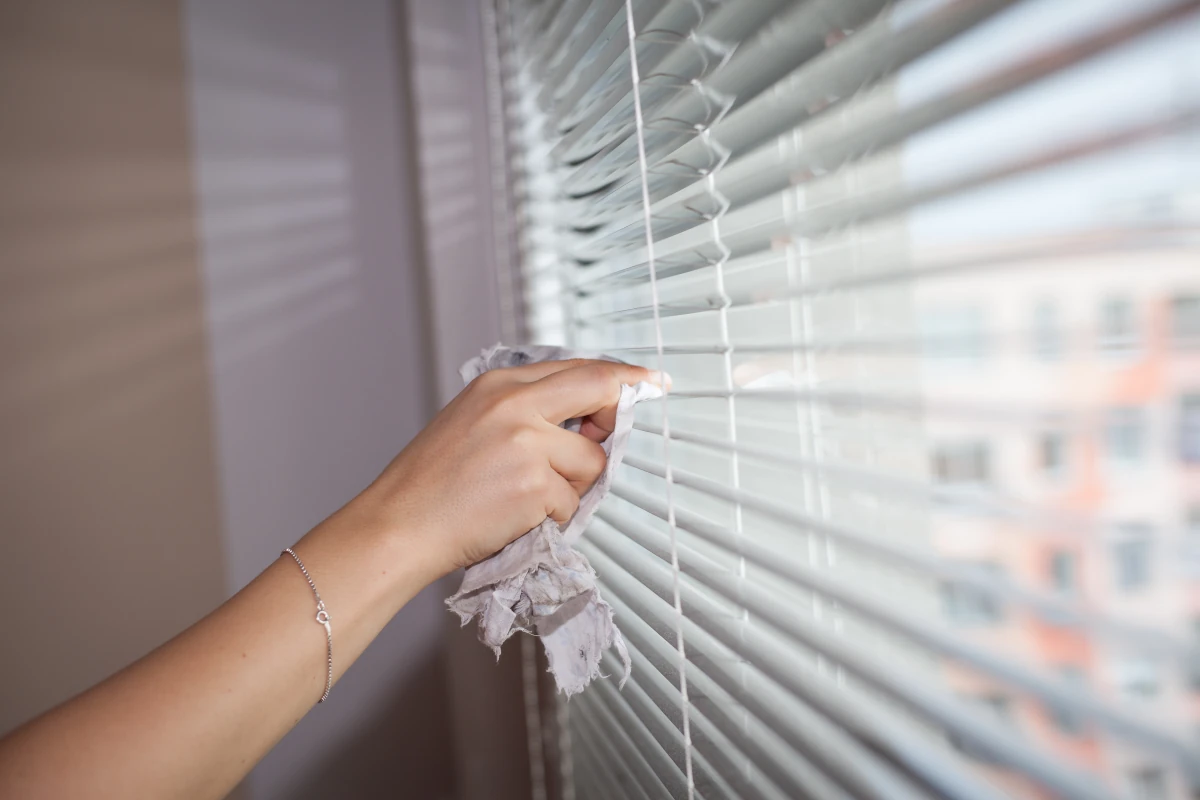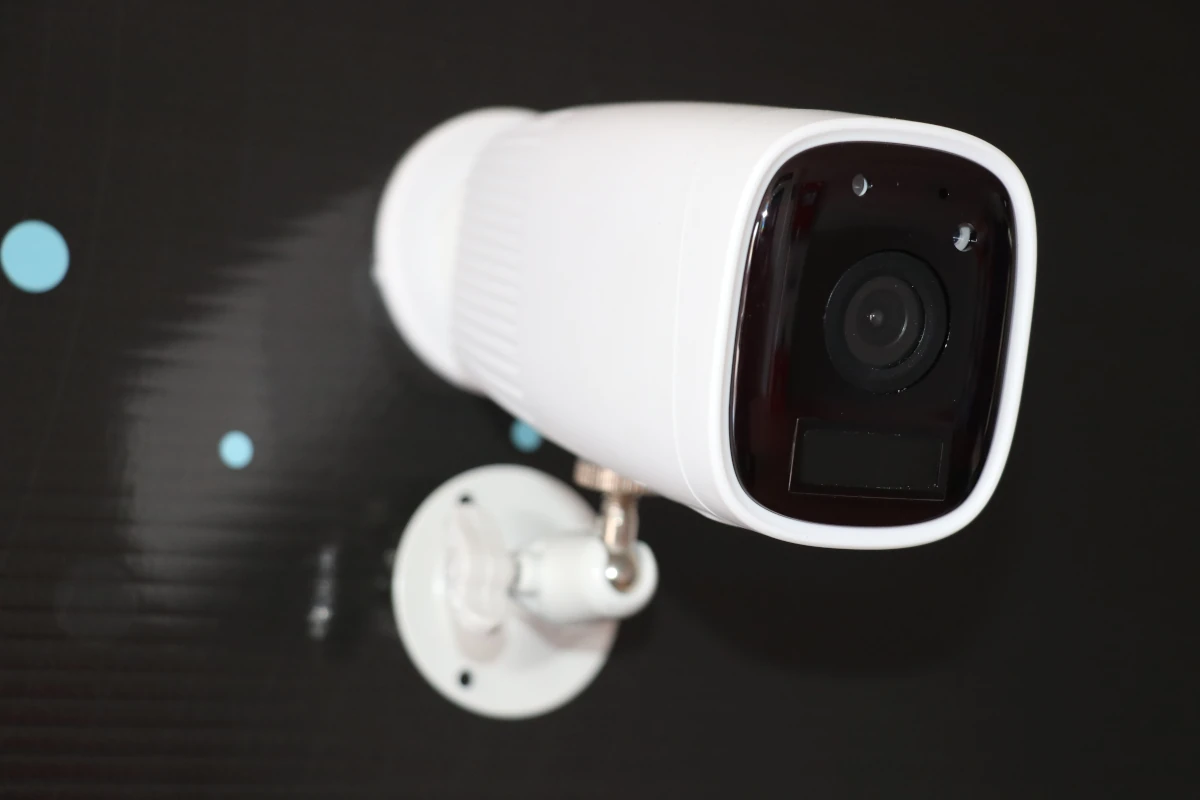Smart technology has helped make the house chores we dread doing easier and faster.
With smart technology, vacuuming devices such as Roomba have been created and can clean the house independently, giving us time to do other stuff.
So, how does Roomba know when to stop cleaning?
Here is how Roomba knows when to stop cleaning
Roomba has inbuilt infrared sensors that help it detect and clean dirty sections of your house. When no more dirt is sensed, the vacuum cleaner will stop and go back to the dock. Having the bin full is another reason the Roomba stops cleaning.
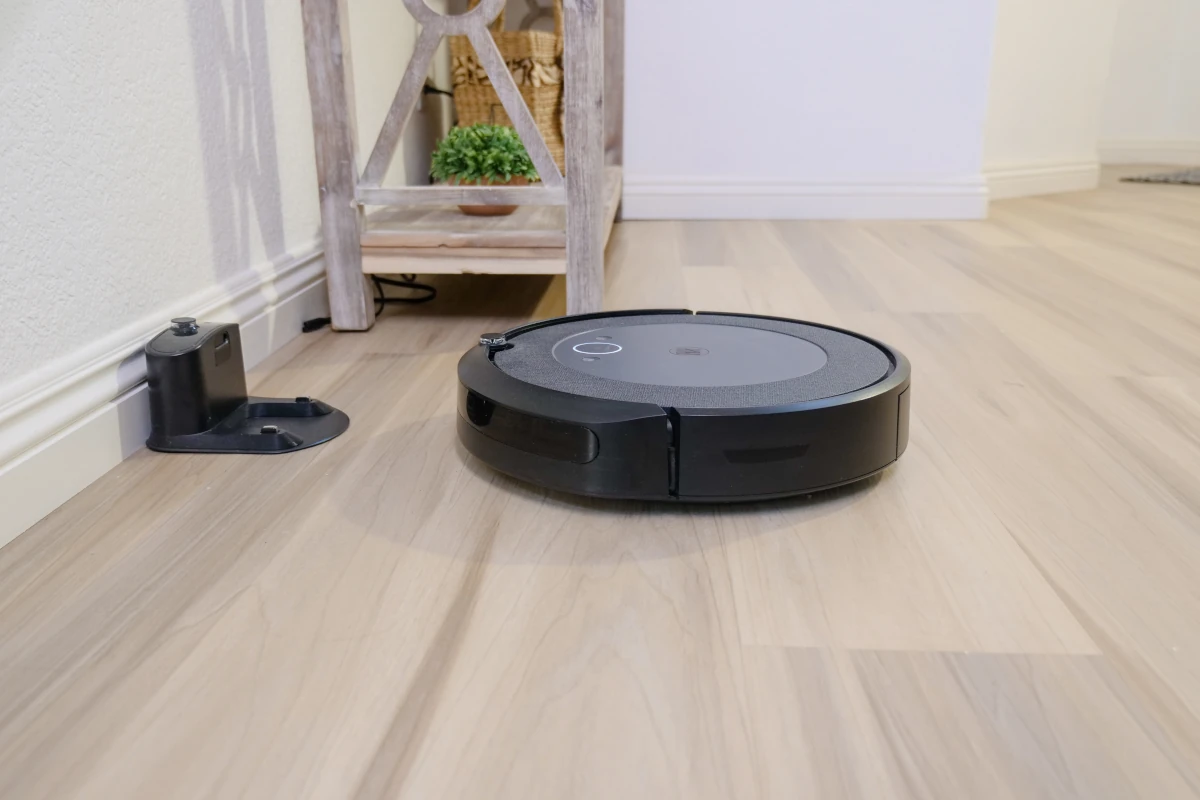
I will show you how Roomba stops cleaning when done and whether it gets smarter the more it cleans your house or not. Stay on this page to learn more.
Related:
- What Is a Dirt Event On a Roomba? (Explained)
- Are Shark & iRobot Roomba Robot Vacuums Dual Voltage? (Answered)
- Are Roomba and iRobot the Same? (Answered)
Does Roomba Stop When it’s Done Cleaning?
The older versions of Roomba had to be manually stopped after they were done cleaning. Otherwise, they would go on until the battery dies. You do not have to stop them with newer versions, but they do it by themselves.
After the vacuum cleaning machine is done cleaning, it stops. Homeowners have reported using the device approximately twice a day before having its battery drained.
However, Roomba does not always stop because it has finished cleaning. It can stop because of other reasons. For example, if it has been poorly maintained, it can break down while cleaning. When this happens, the robot will stop cleaning. It must be checked and repaired if you want to continue enjoying its services.
Also, when it senses an obstacle, it will stop cleaning. This helps in preventing it from getting stuck between furniture or crushing against hard objects.
Some debris is large and can get stuck on Roomba’s brushes. The debris blocks the path, making the machine unable to move. Also, if the area being cleaned is not flat, the vacuum cleaner can get stuck.
Consider removing debris from the brushes to have them working as they should. You should also clean your machine’s brushes regularly. When dealing with an uneven surface, remove it from that location and put it in an even part to keep it going.
Roomba requires regular lubrication to keep its parts moving smoothly like any other machine. It is part of the device’s maintenance that most homeowners ignore. A lack of lubricating the bot can make the parts too dry and sometimes jam.
To ensure it continues working uninterrupted, it is great to lubricate it using the recommended lubricants once in a while. Lubrication also helps in preventing corrosion of the moving parts of any machine.
How Does Roomba Know When to Stop Cleaning?
The innovative technology used in making this machine helps it identify when to stop cleaning. Here is how it knows when to stop:
1. The Bin is Full
Sometimes, Roomba does not necessarily stop cleaning because it’s done. But because its bin is full. The vacuum cleaning machine is installed with sensors that become active when the bin is full.
Like other vacuum cleaners, it is important to empty the bin when full to avoid undesirable messes. Even if the machine just started and senses the bin is full, it will automatically stop until you empty it. Once emptied, the vacuum cleaner resumes cleaning the areas it had not finished.
It is recommended to check and empty your bin every time you use this machine to clean your house. That way, you do not have to come home and find it cleaned partially.
2. There is Steepness
The vacuuming machine knows it must stop cleaning when it senses a cliff. It has sensors at the bottom that senses steep areas. These are handy because they prevent your machine from crushing from your flight of stairs.
I find these sensors ingenious because your vacuum cleaner protects itself from crushing. You enjoy a long time of service, thanks to this fantastic characteristic. It also treats obstacles such as walls and other hard objects as cliffs.
When met with such, Roomba will turn or stop cleaning. It resumes when you redirect it away from the steep area.
3. It Has Cleaned the Mapped Area
Roomba has smart features that allow it to learn areas of interest. It has a Vision Simultaneously Localization and Mapping (VSLM) that it uses to remember where to clean and stop when it has covered those areas.
The vacuum machine takes photos that help it create a map to help it clean your room strategically. Once it completes creating the map, Roomba uses it to clean the mapped areas and repeats when it spots a dirty part from the map.
4. The Battery Runs Low
Its battery should have significant power levels for the vacuuming machine to work. Otherwise, it will suddenly stop even when it only has a small area remaining to be cleaned. When the battery runs low, Roomba returns to its dock.
Because of the smart map, it has for your house, it keeps cleaning and recharging until all the areas on the map are clean. You have to manually restart the vacuum cleaning machine for the earlier series to continue cleaning.
5. Cleaning Time is Up
Roomba has dirt sensors that allow it to approximate the time it needs to clean a particular area. The size of the cleaned area is another determinant the machine considers when cleaning.
If the dirt is too much, the cleaning speed accelerates to help it finish cleaning before the time is up.
Does Roomba Get Smarter Over Time?
Roomba gets smarter with time. The improvement comes as a result of its system update. After decades of offering this amazing product to its customers, iRobot, the company behind creating this machine, continues focusing on its software rather than the hardware.
The company launched an iRobot genius app with excellent features to allow Roomba to become more efficient. With the genius app, Roomba can:
1. Set Routine Cleaning
Some areas in the house need more frequent cleaning than others. Instead of having the robot clean the entire house, you can schedule it to clean parts you want to be cleaned at specific times.
For example, if you and your family have a specific time for taking your meals, you can set it to clean the dining area and the kitchen at those times. Roomba will remember, so you do not have to keep switching it on to do the cleaning.
2. Map the Room
Although we are already familiar with the bot’s mapping characteristics, the manufacturer has enhanced the mapping sensors to ensure accuracy during cleaning. For example, these vacuuming machines could take photos to remember how the rooms look for future cleaning.
The manufacturing company has improved these sensors so that the vacuuming machine can detect changes made to a room and update its map. For example, you can decide to rearrange your furniture or shift a wall during renovation. If it does not adjust its map, Roomba can stop cleaning because it senses obstacles.
3. Schedule Suggestions
Besides setting the robot on specific cleaning schedules, it studies your cleaning pattern and suggests the best times for cleaning your house. From its mapping, it will identify dirty spots and those that rarely become dirty and suggest areas to be cleaned.
4. Additional Cleaning
More cleaning may be needed if a house has toddlers, pets, and people with allergies. Where there is a toddler, more spills are experienced. Such needs to be cleaned for hygienic reasons and to prevent falls.
Also, homes with persons with allergies may need frequent cleaning to prevent the accumulation of allergens such as dust or pet hair. The robot may suggest additional cleaning to help the situation in such cases.
5. Automation
Roomba can be tied to an automation service to trigger or stop cleaning. The automation uses a thermostat that detects motion in a house. When no movement is detected for, say, 30 minutes, the bot will start cleaning, and when motion is detected, it stops.
This feature provides convenience as the vacuum cleaner will not disturb people as they go about their activities.
6. Designation
There are some areas you would like to remain untouched in your house. It could be because they are fragile or require special handling. Roomba is getting smarter in that you can set designated areas it should clean.
To help it identify such areas, set it to ‘’keep out’’ zones. The vacuum machine will not interfere with such zones. Whatever you aim to protect by zoning such areas remain protected.
Are you planning to invest in a smart cleaning vacuum cleaner or already have one and wonder how it works?
I hope this piece of information has helped you better understand one of the most efficient vacuuming machines of the century.
Since its introduction in the early 2000s, Roomba has had several upgrades, making it better cleaning equipment. If you are tired of manually vacuuming your house, consider having a Roomba series and exploiting its full potential.
Why are you still doing all the vacuuming when you can have the robot do it without your presence?

